Laptops are handy devices; all of us can agree on that. However, with compressing all those components in such a thin form factor comes a few problems.
In this article, we’re taking a look at what to do if your laptop is plugged in and not charging.
Check the connections
The first thing you should do is check if you’re actually plugged into a power source. It sounds silly, but if your laptop isn’t charging, likely, the charger isn’t getting any power in the first place. A lot of chargers come with power LEDs on them; make sure that the charger is getting enough power to charge your laptop.
Also read: How well do external cooling solutions work for laptops?
Take the battery out
The not charging issue could also be because of a faulty battery. Try removing the battery from your laptop (if you can) and plugging it indirectly. If the laptop runs without a problem, chances are there’s a fault in your battery.
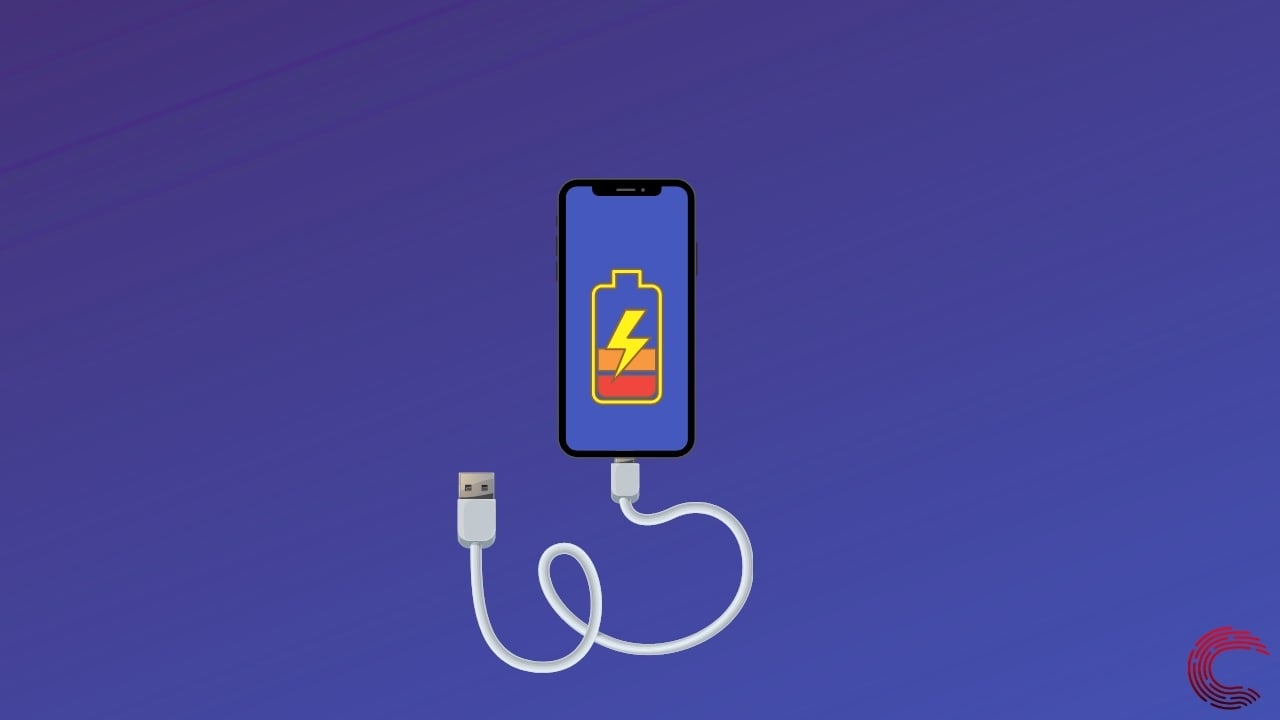
Check the charger
Next up, you should inspect the charger to see if you don’t have a faulty one. Checking the cables and connections for any breakages or faults also isn’t a bad idea. Finally, try bending the cable to make sure that you’re getting a proper connection all the way from the power socket to your laptop’s power port.
Using the right port?
If you’re charging your laptop over USB-C, check to see whether or not the port you’re using supports power delivery. Unfortunately, not all USB ports can transfer data and power simultaneously. Some are just restricted to data transfer, and as you can guess, these ports won’t charge your laptop.
Check the wattage
Another issue you can run into when charging your laptop over USB-C is that your charger does not have enough power to charge your laptop. Check the charger that came with your laptop to see what wattage you need, and use the same with any USB-C chargers you might want to use with your laptop.
Also read: Where can I sell my laptop, phone and other gadgets?
Check the temperatures
Batteries are susceptible to heat. If your laptop is overheating, the battery sensor can go crazy and report the battery isn’t charging or isn’t even present in the first place. Not to mention, an overheating or overcharged battery can also be dangerous. In such cases, you should turn your laptop off, let it cool down to a regular temperature and try again.
Driver issues
The battery software driver can also cause problems at times. Here’s how to fix that.
Step 1: Press Windows Key + R to open the Run prompt. Type devmgmt.msc and hit enter.
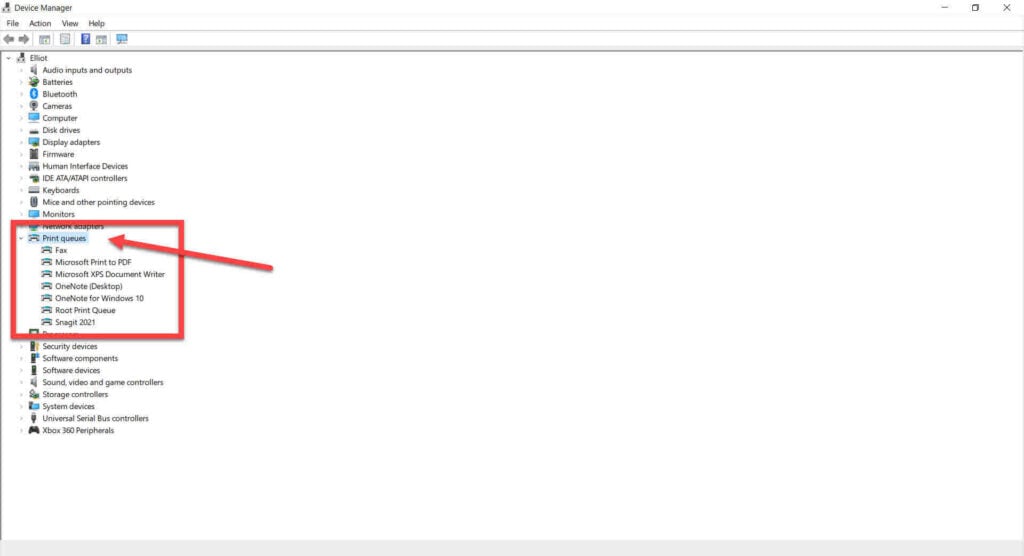
Step 2: Expand the battery driver, right-click and click Update Driver.
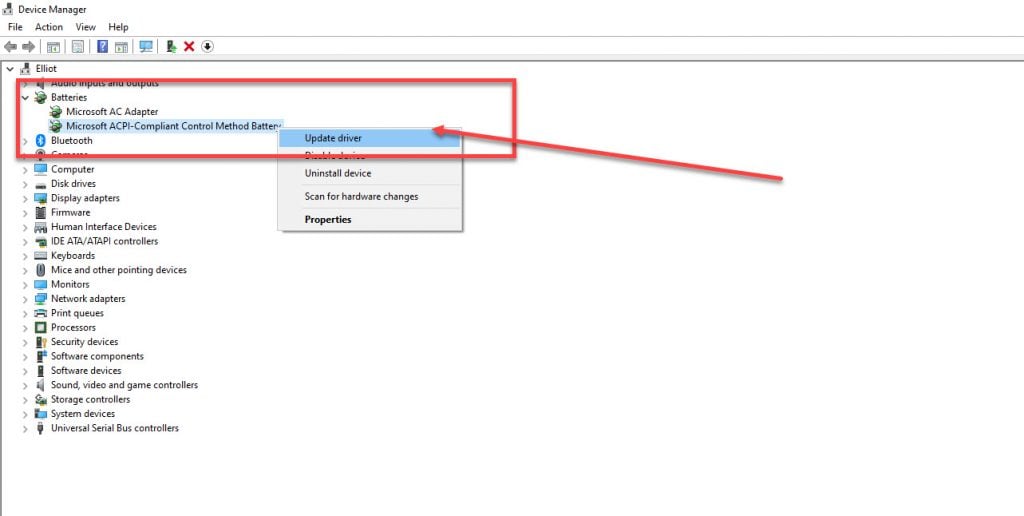
Step 3: Click Search automatically for drivers.
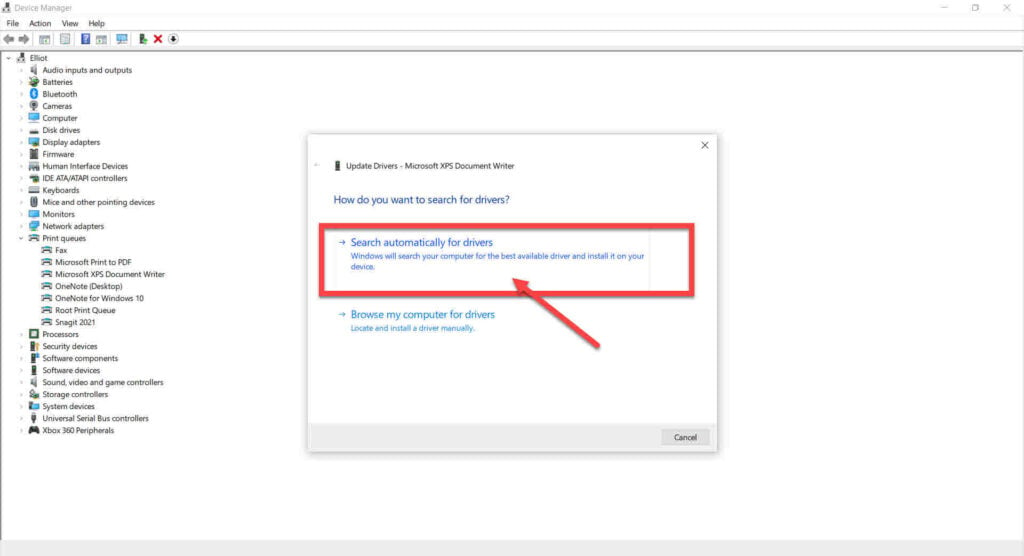
Wait for the installation to complete and restart your PC. Your battery should charge just fine now.
Also read: White screen of Death: 9 Fixes
Software restrictions
Some manufacturers, such as MSI, install firmware on their devices that restrict the battery from charging over a certain percentage to extend battery life. If you own an MSI laptop, try heading over to the Dragon Center and accordingly set your battery charging settings.
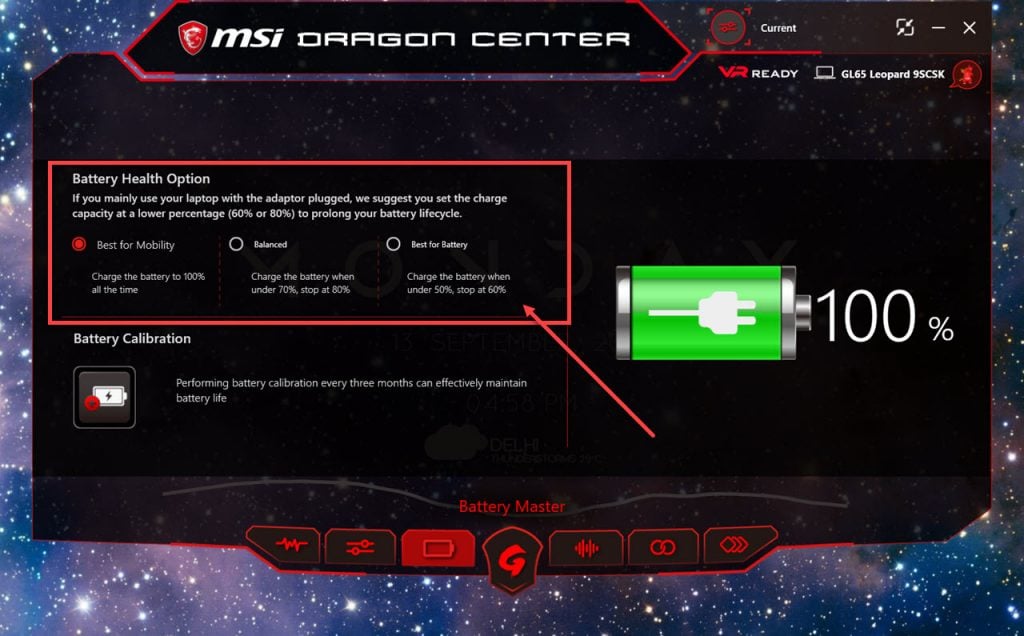
Send it in for repairs
If nothing else seems to resolve your issue, chances are there is something wrong with your device. In such cases, the best thing to do is send it in for repairs as the issue can be in just about any internal component or, worse, on your motherboard.
Also read: Top 7 vertical laptop stands






